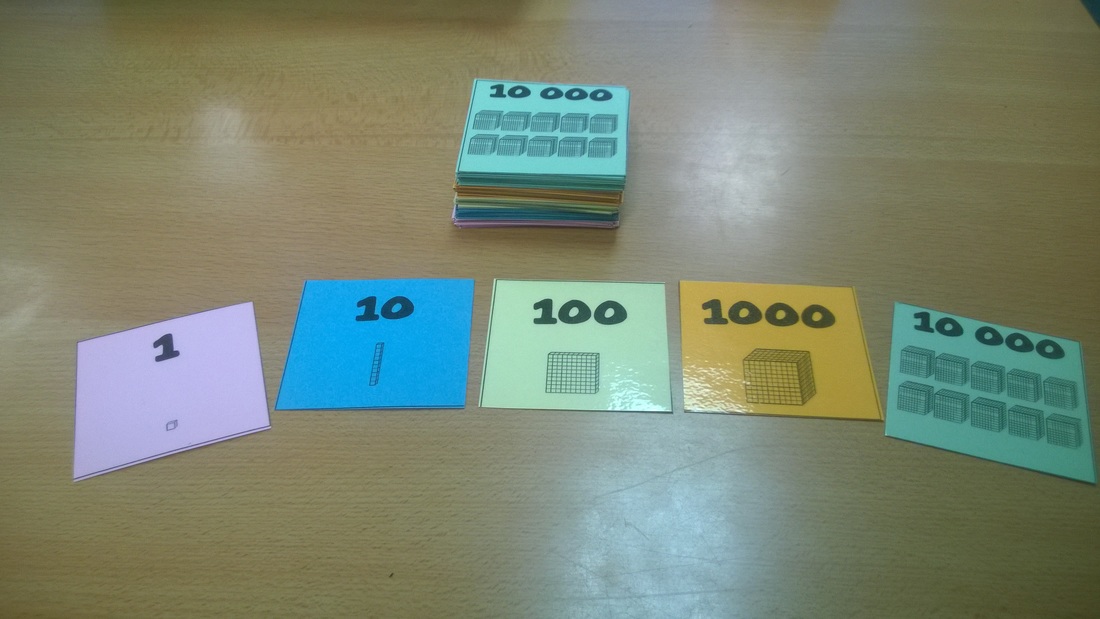
Prior to this year, I've always taught in infants (K-2), so place value concepts focused mostly on 0-100, stretching to 1000 when I taught P3 (2nd grade/Year 2). I had a few children in P3 who were ready to go to 10,000, but for the most part, the class needed to focus on developing fluency with smaller numbers. To develop deep understanding of place value (like any maths concept), children need to follow the concrete - representational - abstract progression. So - cue getting out lots of cubes, counters, base 10 materials, etc during my infant years.
But this year, I've moved to P5, so I needed to teach place value to 10,000 and 100,000 for some of my class. This is much more difficult to do at the concrete level - even having bought a class room set of Base 10 materials before I started teaching, I still only have 3 thousand cubes. And even if I hoard all the thousand cubes in the entire school (not that I even considered doing that!), I still could only model working with 10,000 for my class - I couldn't give each child a set of Base 10 materials that would allow them practise building these numbers themselves. What to do?
As you can see from the above picture - I decided to make sets of Base 10 cards for my class. Granted, it's representational, rather than concrete - but that's still better than working only with the abstract concepts. I have made 12 sets of these cards (20 of each Base 10 value), so the children can use them with partners (I have 23 children in my class at the moment). I made an additional set for my magnetic white board by simply adding magnetic tape to the back of each card (several of the girls in my class take it on themselves to organise any cards I've used at the end of each maths lesson, so they stay relatively neat!).
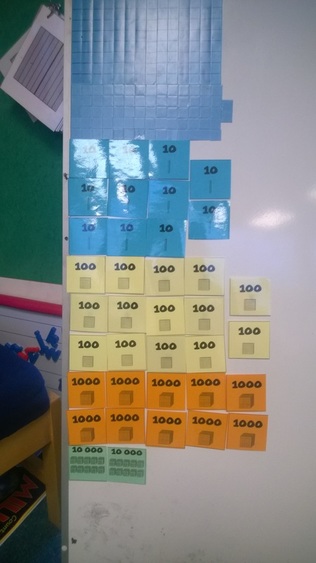
Making the sets took a bit of time at the beginning of the year, but it's all easily guillotine-able, so it isn't as bad as it looks! And once the sets are made, you have them - so far, my sets seem to be holding up pretty well. Having 1 set between 2 children can seem like a lot, especially if you have a larger class. However, if you have your class work in groups, you could probably get away with making fewer sets.
If you think these would be helpful in your own class, you can get the file by clicking on either picture.

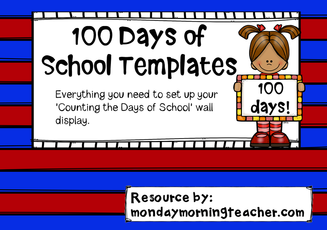
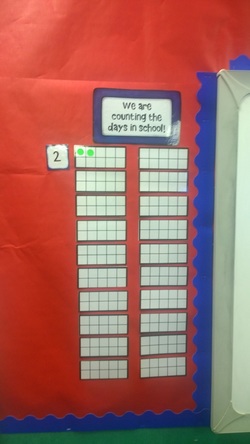
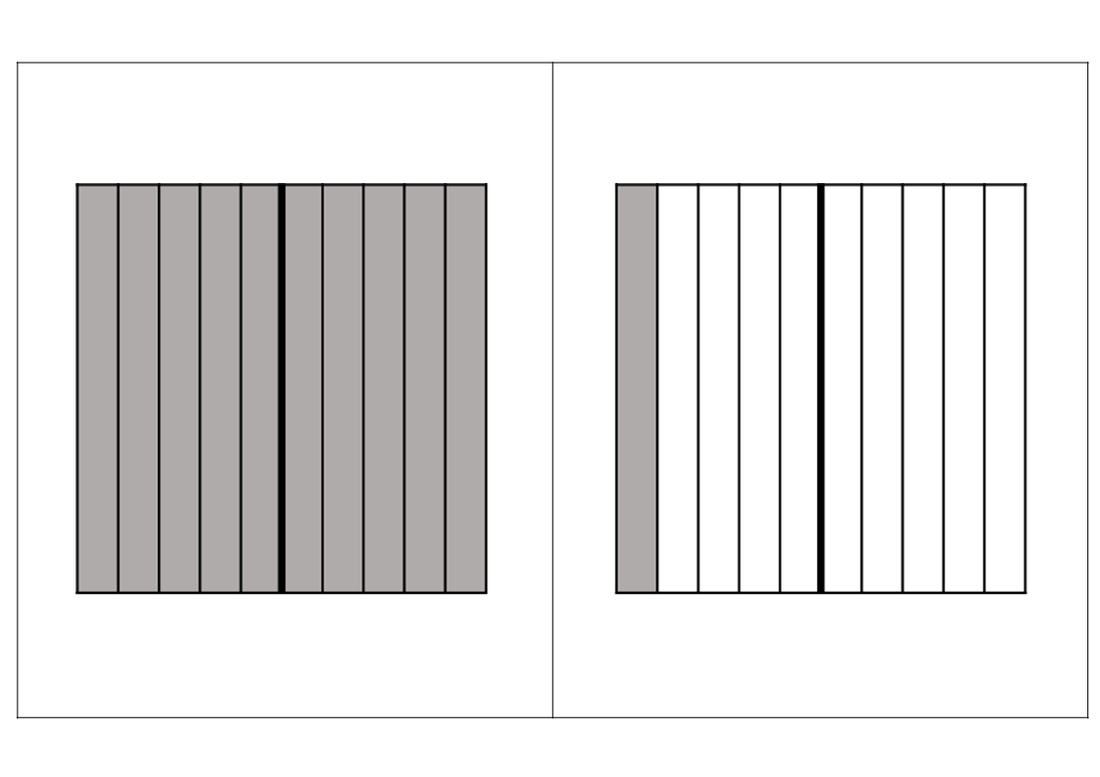
 RSS Feed
RSS Feed